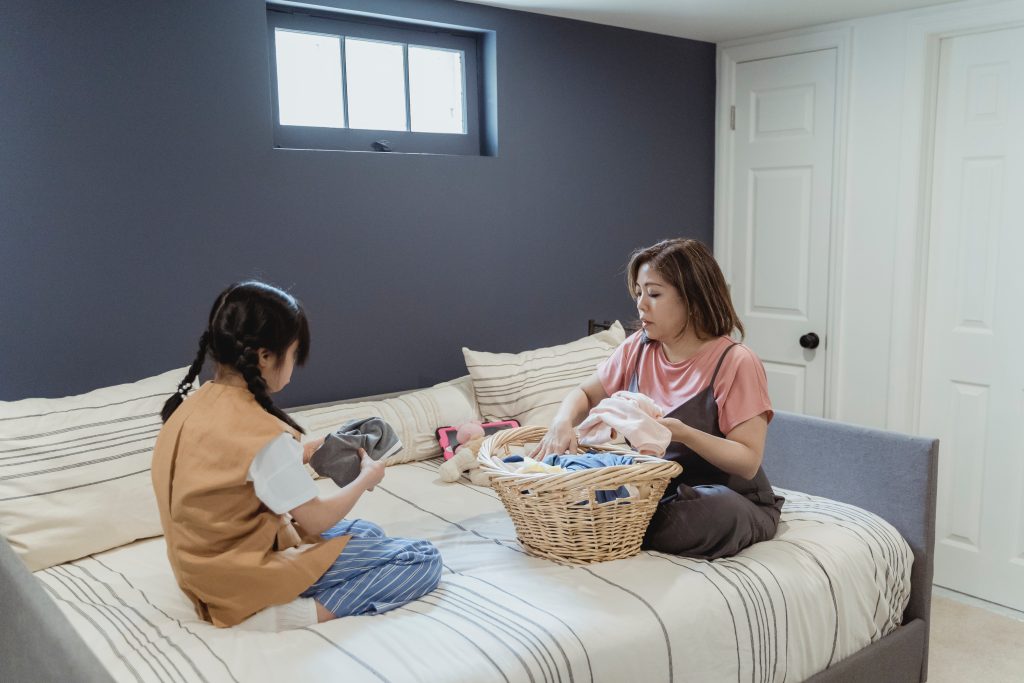If you have lip gloss stains on your clothes, it can be a tricky thing to get rid of.
Medieval clothing spanned hundreds of years. During the thirteenth century, both men and women began to wear less elaborate costumes. However, the fourteenth century marked the beginning of a new fashion. The clothes of the later medieval period were more expensive and more lavish.
The wealthy classes wore flowing gowns and furs. The headwear was more elaborate. In the 15th century, there were a variety of headdresses. Some of the more elaborate were turbans and tall steeple caps. They kept the cold off the head, and were a statement of status.
Renaissance fashio
When it comes to Renaissance fashion for holy clothing, you have a lot of choices. From full sleeves to open square-necked gowns, from high-waisted smocks to fur-lined overgowns, there’s a variety to choose from. But you don’t have to sacrifice your looks to get them.

First part
The first part of the 16th century was characterized by loosely fitted, flared gowns. These garments were usually decorated with bands of contrasting fabric. The French also wore black hoods with veils at the back. This costume was worn over a linen undercap.
In the Low Countries, dresses had a high belted waistline. But later, the silhouettes became more narrow and the waistlines dropped to a V-shaped point. A wide revers helped to achieve this emphasis. A small prayer book was often suspended from the girdle.
HolyClothing
With HolyClothing, you can shop for affordable, fashionable Renaissance clothing that you can wear to the fair, around the house or out to dinner.
French women
By the 1530s, English and French women had begun to wear open square-necked gowns. The bodice of these garments was usually laced and fastened with hooks and eyes.
Wealth Wore
In the 16th century, women of wealth wore precious jewellery and gold chains. They also wore collar-like necklaces called carcanets. However, the sumptuary laws made it difficult for the newly wealthy to dress in luxury fabrics.
lower classes
The lower classes wore a one-piece garment called the cotte in English. The shirt was originally low-necked, but it evolved into a higher neckline. It had a band of white or black embroidery around the neckline. The sleeves were sometimes slashed to show the undershirt underneath.
By the end of the 1550s, the sleeved trumpet sleeves were replaced by full round sleeves. These cuffed sleeves extended to the wrist, were often lined with fur, and were tight on the upper arm.
sleeved trumpet
skirt
The skirt was laced over the kirtle. This gown was popular in the Netherlands, but it also emerged in France and England. In the early 1600s, hair styles began to become shorter. The chin was often drawn back and puffed. Some women wore a hat with a turned-up brim.
